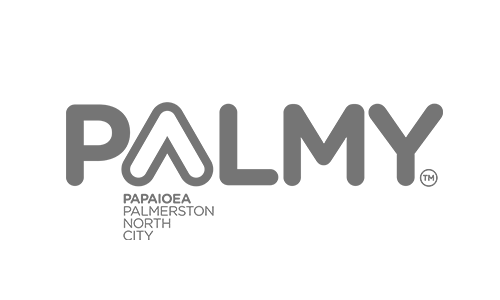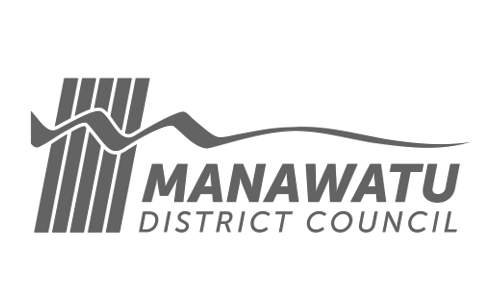New Zealand’s rate of economic growth is cooling. Growth hasn’t stalled or declined, and we aren’t teetering on the edge of a recession, but New Zealand is no longer on the upward growth trajectory that we’ve been experiencing in recent years.
New Zealand’s economy grew 2.4 per cent over the 12 months to June 2019, the slowest rate of growth in almost six years. This past quarter, the national economy grew by 0.5 per cent, in line with most economists’ expectations.
Weakening national and global conditions are being described as the root of the problem, alongside low business investment, weaker house price growth, lower population growth and slower than expected spending from Government on large projects. Infometrics Quarterly Economic Monitor says growth is expected to remain at this level for the rest of 2019, before slowing further in 2020/21.
Manawatū-Whanganui Region
The latest Infometrics GDP estimates show a slowing in the rate of economic growth in the Manawatū-Whanganui region in the year ended June 2019, but the rate of growth remains above the national growth rate. The main contributor to the weaker growth estimate is a fall in the value of non-residential consents in 2019, which came down from a year of record highs the year before.
Population growth across the greater region is expected to be the strongest recorded in the past 28 years, since records began. This growth has resulted in the strong growth of rents, house prices and retail spending, while nationally, these have cooled. Almost 1,200 consents were issued for new homes in the year to June 2019, double that of four years ago.
Manawatū Region (Palmerston North city and Manawatū district)
The Manawatū region remains on centre stage for our solid economic performance. This is supported by steady population growth, a growing visitor sector and strong consumer spending, according to Infometrics latest Manawatū Quarterly Economic Monitor. Our regional economy is strengthened by the diversity of economic activity in Manawatū district and Palmerston North city.
Manawatū district’s economy surpassed $1 billion in value for the first time in June this year, a sign of strong economic performance and resilience. The growth is being driven by continued strong demand and healthy returns for exports such as meat (lamb and beef), dairy, wood and logs, and mechanical machinery and equipment.
“The service industries are responding to strong income growth from our productive sector, jobs are being created, people are moving here to take up employment, people are earning money and households are confident to spend,” says Manawatū District Economist Stacey Bell.
In the city, a key factor for Palmerston North’s growth is high levels of investment in residential and non-residential construction. Commercial, local and central Government investment across the district and the region is also boosting employment and household spending. These factors are expected to continue to support economic performance through 2019 and beyond, says Bell.
Population Growth
Overall, Manawatū’s population has increased well above the national average at 3.2 per cent in the past year, compared to the national average growth of 1.8 per cent, according to the number of new health enrollments in the region which measures population growth. This increase and consequential demand for housing has pushed house prices up by almost 12 per cent in the year to June 2019, with the average price tag for a house in Manawatū now sitting at $420,256 and house sales sitting at historically high levels. This price compares to $368,613 in June last year. The New Zealand average is currently $683,516.
Unemployment
While the region’s economic performance and outlook is positive, there has been steady rise in the number of people receiving jobseeker benefits.
The number of Jobseeker Support recipients has been trending upwards for the past year, growing 8.7 per cent in the year to June 2019 to reach a total of 3,354 up from 3,085 in June 2018. This is lower than the 9.6 per cent rise nationally. The Ministry of Social Development recently announced it is bolstering the number of staff with a specific focus on helping to transition jobseekers into employment, which they hope will help to turn this trend around.
Visitor Market and Consumer Spending
The visitor market has been a highlight contributor to the region’s economy. Guests spent more than half a million nights in commercial accommodation in the region in the year to June 2019, up 8.2 per cent on a year ago, according to Stats NZ.
Marketview data reveals visitors spent $93.4 million in the July 2019 quarter and overall consumer spending (visitors and locals) reached $344.5 million, a 3.5 per cent increase on the year before. This compares to a national growth rate of 2.4 per cent, which reflects the higher levels of confidence in our economy.
The Economic Outlook
There are no immediate signs that Manawatū’s economy is likely to follow the national trend any time soon.
The region is in a unique and competitive position of being able to absorb further growth, from the land available to be developed and the more affordable costs of development compared to other larger centres.
“As we increasingly leverage our geographical and economical strengths and focus our collective efforts on key strategic projects that act as enablers to sustainable growth, Manawatū is in a fantastic position to continue bucking the national trend of a cooling economy,” says Central Economic Development Agency’s Chief Executive Linda Stewart.
“Record levels of central Government investment in the city and beyond is a significant driver of sustained economic growth for the region. When central and local Government invest, it builds confidence in the private sector and provides greater certainty for investing, and we are seeing more and more of this happening.”
One of several key developments making progress in the region is KiwiRail’s Regional Freight Hub. The company recently announced it has nearly finished the master plan – the high-level design for the road-rail hub – which ensures it is positioned and built to allow for future predicated freight growth.
“With more than $3.5 billion of investment planned in Manawatū, the new industrial zone on the outskirts of the city, and Te Ahu a Turanga development underway, this next development positions our region as the destination of choice for distribution and logistics business and investment,” says Stewart.











